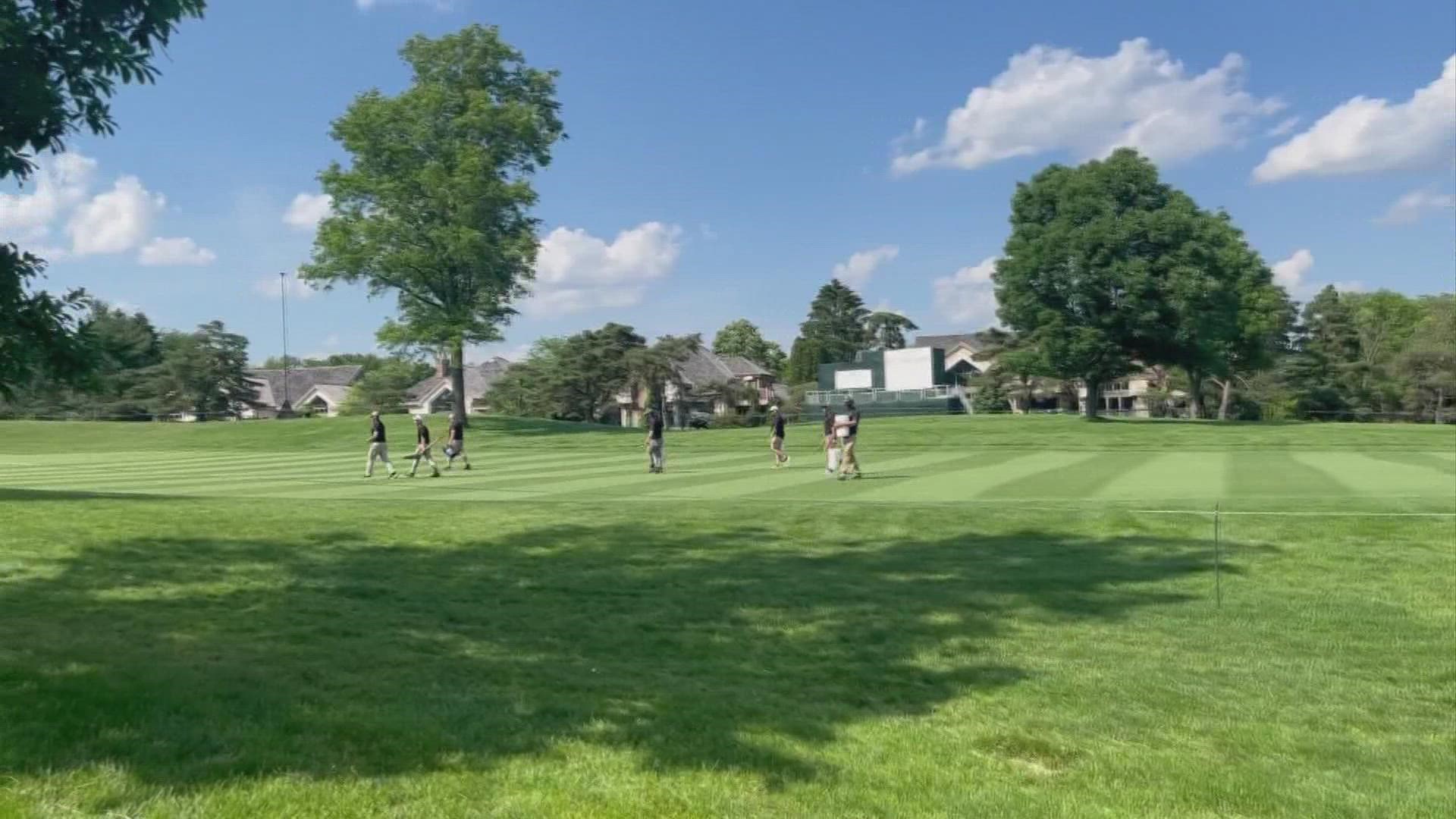COLUMBUS, Ohio — Over the years, turfgrass research has found that extreme climate conditions such as drought, heavy rainfall and above normal heat have impacted the conditions of the golf course.
Since the 1980s, the United States Golf Association has studied and developed more heat and drought-resistant turfgrass. Buffalograss and types of Zoysia are known to have a higher tolerance to heat and drought conditions.
Al Turgeon, a professor emeritus of turfgrass management at the Pennsylvania State University, says “one of the targets we set on pretty early was zoysia grass.
Zoysia is a warm-season grass that like Bermuda is pretty hardy, pretty heat tolerant, and more water-use efficient”.


Climate Central has found that most golf courses have been going green by using solar energy, recycling water, or managing their watering schedule.

